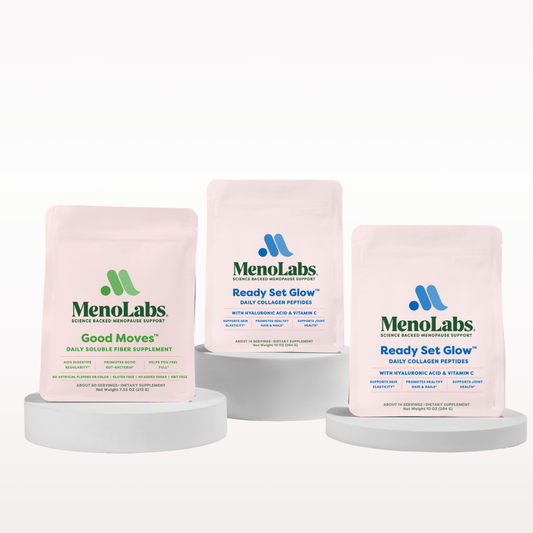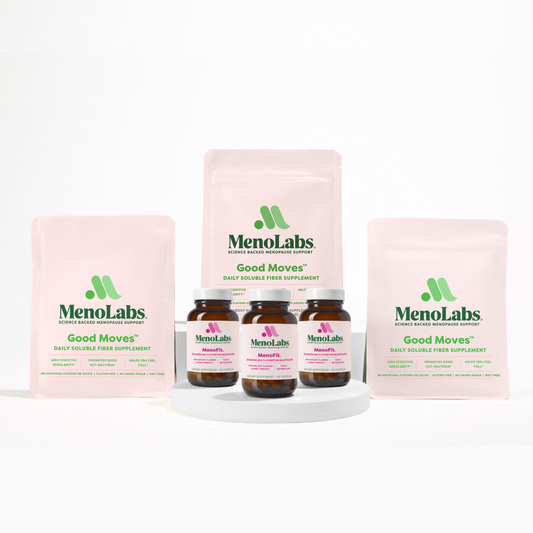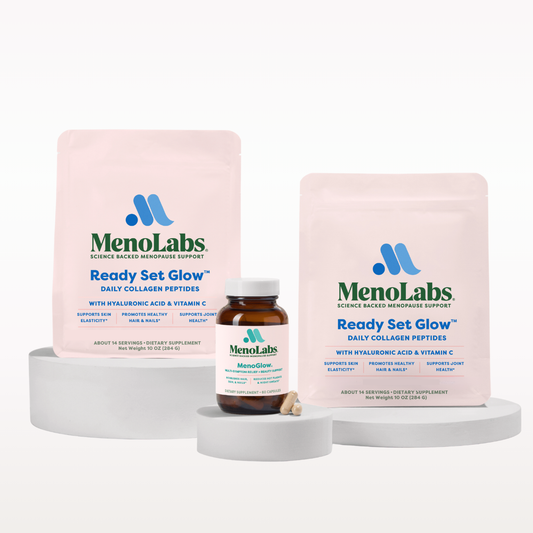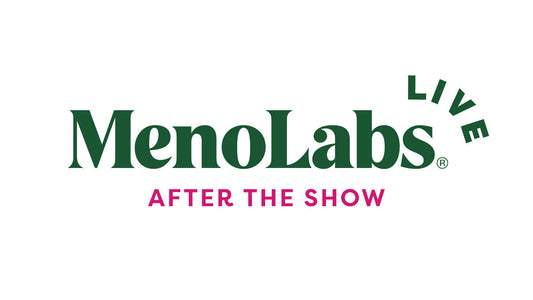
- Health
- Hidden
- Self Care
Mammograms & Breast Exams: Know Your Options
For Breast Cancer Awareness Month, we’re talking about the importance of getting screened during your perimenopausal and menopausal years. Know your options for breast cancer screening and prevention.
1 min read
Breast Cancer and Aging
Breast cancer is the most common cancer in the world and the second most common cancer for women in the United States falling narrowly behind certain skin cancers (remember to keep reapplying that sunscreen!) The disease is not fully understood, and many women develop breast cancer without any life-disrupting symptoms. That’s why early screening and mammograms are so important, especially as we age older and the risk of developing breast cancer goes up. Physicians suggest women begin getting screened for breast cancer as young as 40.
It is important to note that both perimenopause and menopause are not associated with an increased risk of developing breast cancer. However, it is generally true that the rates of many cancers, including breast cancer, do increase with age. Therefore, women of perimenopausal and menopausal age should still be proactive in getting screened and tested. Additionally, while breast cancer is not fully understood, research shows that some drug therapies used to manage menopausal symptoms may increase or decrease a person's risk of getting cancer. Please remember to always seek the guidance of your doctor or other qualified health professional with any questions you may have regarding medical conditions, treatments, and your health.
Mammograms & Other Breast Cancer Screenings
Mammograms are by in large the most common clinical test for detecting breast cancer. The test involves isolating breast tissue and using low-dose x-rays to look for abnormalities. A mammogram can find breast changes years before physical symptoms of breast cancer develop, making them incredibly effective if done regularly. The United States Preventive Services Task Force (USPSTF) recommends that women who are 40 to 49 years old should talk to their doctor or another healthcare provider about when to start getting mammograms while women who are 50 to 74 years old get a mammogram every two years.
While incredibly effective, mammograms are not perfect and new screening tests for breast cancer show a lot of promise:
- Digital breast tomosynthesis, also known as three-dimensional (3D) mammography, is not as widely available as the traditional mammogram, but the method appears to be better at spotting more breast cancers and performs better for women with denser breast tissue.
- Genetic testing is suggested for women who are at high risk for breast cancer due to family history. Tests look for mutations in the BRCA1 and BRCA2 genes among others. The tests can be done with small samples of blood or saliva. If a mutation is found, the patient can opt for various prevention methods including risk-reducing surgery and chemoprevention.
- Self-exams are not new or high-tech, but they’re still an effective way to detect breast abnormalities that may be cancerous. After all, the better we know our bodies, the more likely we can sense when something is off. While self-exams are not a substitute for clinical testing recommendations, they are something women of all ages can do regularly and safely. When examining, look for breast lumps, changes in size or shape, leaking of fluid from the nipples, or irregular thickening of tissue. After doing a thorough self-exam, follow up with your doctor if you suspect irregularities.
Related Products
Blend Besties Bundle
Fresh Start Bundle
4.7 / 5.0
(553) 553 total reviews











